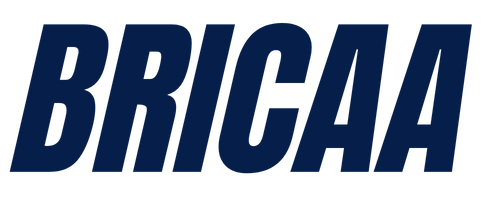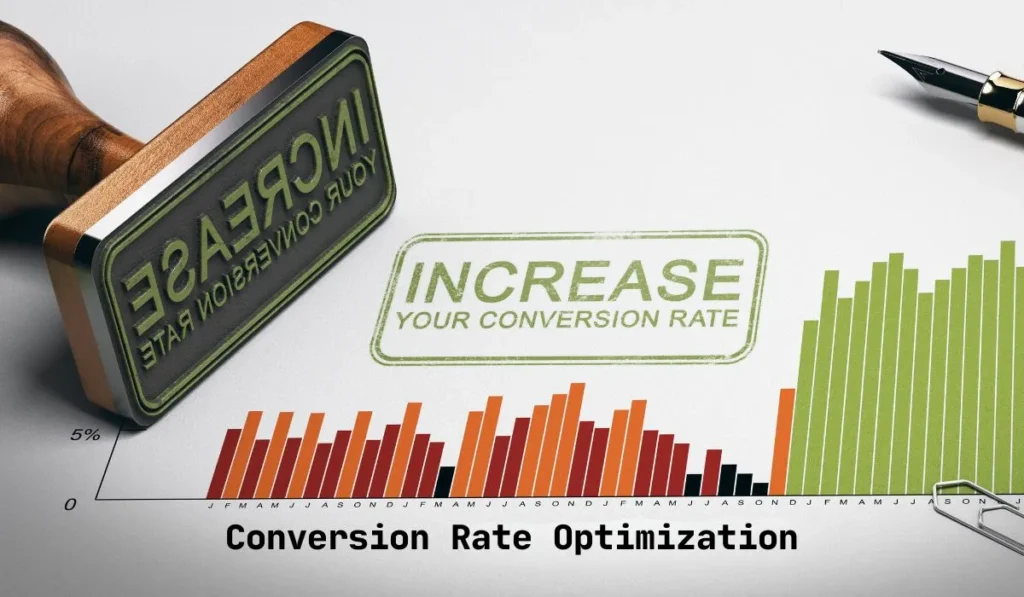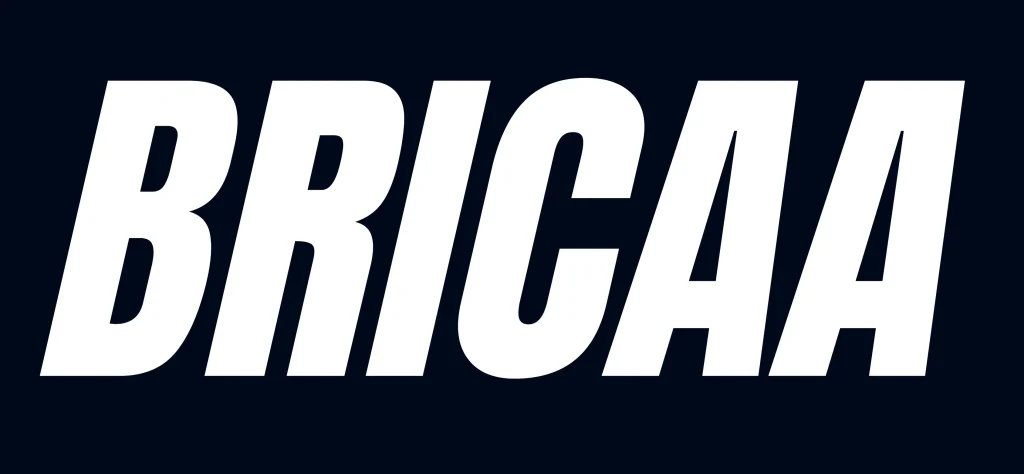What is Conversion Rate Optimization (CRO)?
Conversion Rate Optimization (CRO) is a systematic approach to improving the percentage of website visitors who take a desired action, such as making a purchase, filling out a form, or subscribing to a newsletter. CRO involves analyzing user behavior, optimizing website design and user experience, and testing different variations of website elements to determine which ones drive the highest conversion rates.
Table of Contents
ToggleWhy is CRO Important for Businesses?
CRO is critical for businesses of all sizes because it helps maximize their revenue and profits. By increasing the conversion rate, businesses can generate more leads, sales, and revenue without increasing their advertising or marketing budgets. CRO also helps businesses gain a competitive advantage by improving their website’s usability, user experience, and credibility.
Understanding Your Audience
To optimize your conversion rate, you must first understand your audience. Analyzing your target audience’s demographics, behavior, and preferences can help you create a more personalized and effective user experience. You can use tools like Google Analytics, surveys, and user feedback to gain insights into your audience’s needs and expectations.
Setting Goals and Objectives
To measure the effectiveness of your CRO efforts, you need to set clear and specific goals and objectives. Your goals should align with your business objectives and be measurable, achievable, relevant, and time-bound. Examples of CRO goals include increasing the number of leads, improving the conversion rate, and reducing the bounce rate.
Conducting a Website Audit
Before you can optimize your website for conversions, you need to conduct a comprehensive website audit. This involves analyzing your website’s design, content, navigation, and user experience to identify areas that need improvement. You can use tools like Google PageSpeed Insights, GTmetrix, and SEMrush to conduct a website audit and identify areas for improvement.
Analyzing User Behavior
To optimize your conversion rate, you need to understand how users interact with your website. You can use tools like Google Analytics, Hotjar, and Crazy Egg to analyze user behavior and identify areas for improvement. By analyzing user behavior, you can determine which pages are most popular, where users are dropping off, and which elements are driving the highest conversion rates.
Creating a Compelling Value Proposition
A compelling value proposition is essential for driving conversions. Your value proposition should clearly communicate the benefits of your product or service and differentiate you from your competitors. You can use tools like A/B testing and user feedback to determine which value propositions resonate most with your target audience.
Improving Website Speed and Performance
Website speed and performance are critical factors in CRO. Slow-loading pages and poor performance can negatively impact user experience and drive visitors away. You can improve website speed and performance by compressing images, minimizing HTTP requests, and optimizing code. You can also use tools like Google PageSpeed Insights and GTmetrix to analyze website speed and identify areas for improvement.
Optimizing Website Design and User Experience
Optimizing website design and user experience is essential for increasing conversion rates. Your website design should be visually appealing, easy to navigate, and optimized for mobile devices. You can use tools like heat maps, user testing, and eye-tracking studies to identify areas for improvement and optimize website design and user experience.
Implementing A/B Testing
A/B testing involves testing different variations of website elements, such as headlines, images, and calls-to-action, to determine which ones drive the highest conversion rates. A/B testing can help you optimize your website for conversions and improve your return on investment (ROI). You can use tools like Optimizely and Google Optimize to conduct A/B testing.
Using Heat Maps and Click Tracking
Heat maps and click tracking are useful tools for analyzing user behavior and identifying areas for improvement. Heat maps show where users are clicking on your website, while click tracking shows which links and buttons are driving the most clicks. By analyzing heat maps and click tracking data, you can optimize website design and improve user experience.
Leveraging Social Proof and Trust Signals
Social proof and trust signals are powerful drivers of conversions. Social proof includes customer reviews, testimonials, and case studies that demonstrate the value and credibility of your product or service. Trust signals include security badges, industry certifications, and guarantees that reassure visitors that your website is safe and trustworthy.
Reducing Friction and Eliminating Distractions
Friction and distractions can negatively impact user experience and drive visitors away. Friction includes any elements that make it difficult for visitors to complete a desired action, such as long forms or complex checkout processes. Distractions include any elements that divert visitors’ attention away from the desired action, such as pop-ups or irrelevant content. By reducing friction and eliminating distractions, you can improve user experience and drive conversions.
Personalizing the User Experience
Personalization involves tailoring your website’s content and user experience to each visitor’s preferences and behavior. Personalization can help increase engagement and drive conversions by delivering relevant and personalized content to each visitor. You can use tools like personalization software and data analytics to personalize the user experience.
Monitoring and Measuring Results
Monitoring and measuring results is essential for optimizing your conversion rate. You should track and analyze key metrics like conversion rate, bounce rate, and time on page to determine the effectiveness of your CRO efforts. You can use tools like Google Analytics and KPI dashboards to monitor and measure results and make data-driven decisions.
What is the difference between CRO and SEO?
CRO (Conversion Rate Optimization) and SEO (Search Engine Optimization) are both digital marketing strategies, but they serve different purposes. CRO is focused on improving the conversion rate of a website by optimizing its design, content, and user experience. SEO is focused on improving the visibility of a website in search engine results pages by optimizing its content and structure for search engines. While both strategies can improve the performance of a website, they have different goals and approaches.
How do I know if my website needs CRO?
If your website is generating traffic but not converting visitors into leads or customers, then it likely needs CRO. Other signs that your website needs CRO include high bounce rates, low time on page, low engagement rates, and low conversion rates. Conducting a website audit and analyzing user behavior can help you identify areas for improvement and optimize your website for conversions.
How long does it take to see results from CRO?
The time it takes to see results from CRO depends on various factors, such as the complexity of your website, the size of your audience, and the effectiveness of your CRO strategies. In general, it can take anywhere from a few weeks to several months to see significant improvements in your conversion rate. To maximize the effectiveness of your CRO efforts, it is important to track and measure key metrics and make data-driven decisions.
What are some common CRO strategies?
Common CRO strategies include conducting a website audit, analyzing user behavior, creating a compelling value proposition, optimizing website design and user experience, implementing A/B testing, using heat maps and click tracking, leveraging social proof and trust signals, reducing friction and eliminating distractions, personalizing the user experience, and monitoring and measuring results. These strategies can help you optimize your website for conversions and improve your return on investment (ROI).
How can I measure the effectiveness of my CRO efforts?
You can measure the effectiveness of your CRO efforts by tracking and analyzing key metrics like conversion rate, bounce rate, time on page, engagement rate, and ROI. You can use tools like Google Analytics and KPI dashboards to monitor and measure results and make data-driven decisions. By continuously monitoring and measuring the effectiveness of your CRO efforts, you can optimize your website for conversions and improve your overall digital marketing strategy.
Conclusion
Conversion Rate Optimization (CRO) is a critical component of any digital marketing strategy. By optimizing your website for conversions, you can increase leads, sales, and revenue without increasing your advertising or marketing budgets. To optimize your conversion rate, you need to understand your audience, set clear goals and objectives, conduct a website audit, analyze user behavior, create a compelling value proposition, optimize website design and user experience, implement A/B testing, use heat maps and click tracking, leverage social proof and trust signals, reduce friction and eliminate distractions, personalize the user experience, and monitor and measure results.


